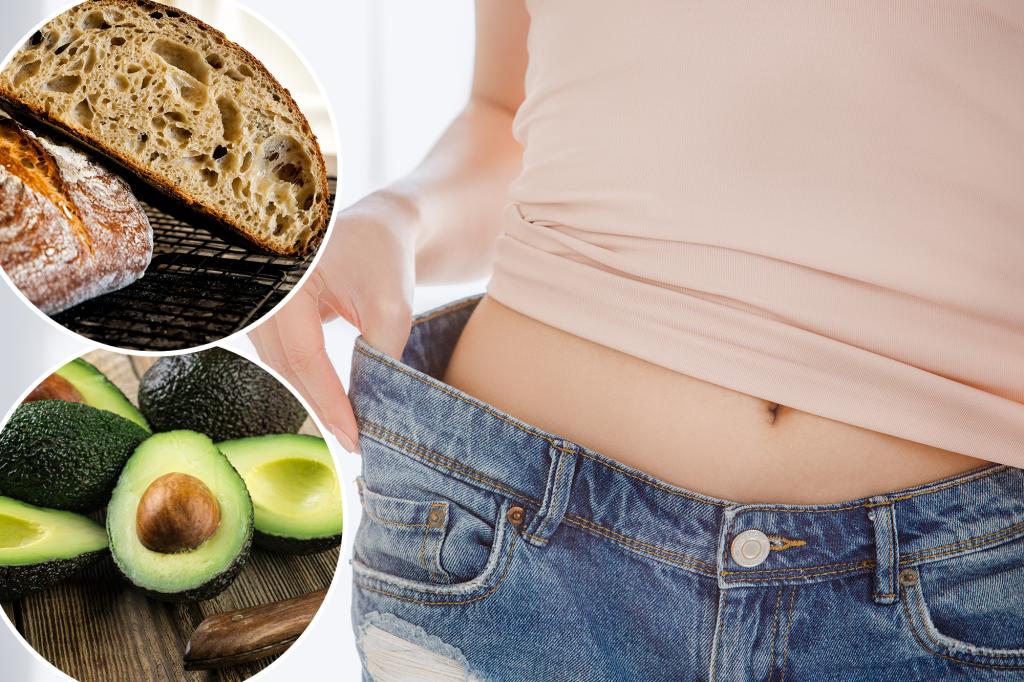Registered dietitian and nutritionist Ilana Muhlstein discusses the difference between eating healthy and eating for weight loss. She notes that some foods considered healthy can actually lead to weight gain and hinder overall body health, especially for individuals trying to lose weight. Muhlstein provides a list of six “healthy” items to cut out or reduce if aiming for weight loss: granola, nut butters, sourdough bread, avocado, pesto, and chia seed pudding.
Granola is often perceived as a healthy snack or breakfast option, but Muhlstein compares it to a “crushed-up cookie” due to its high calorie content. The oats in granola are typically mixed with nut butters, oils, maple syrup, honey, chocolate chips, and coconut shavings, significantly increasing the calorie count. Registered dietitians caution against consuming granola in large quantities due to its high added sugar content, suggesting it be used as a topping rather than a main meal.
While whole nuts are a good source of protein, nut butters are not considered a significant protein source. Muhlstein suggests using nut butters as additives in dressings, smoothies, and stir-fries to add flavor and healthy fats without over-consuming calories. Full-fat versions of nut butters are preferred over reduced-fat options for better nutritional value. Some experts argue that nut butters can support weight loss through their healthy fats, while others claim they contribute to weight gain.
During the COVID-19 lockdown, sourdough bread gained popularity as a fermented carbohydrate option with a lower glycemic index. However, Muhlstein points out that sourdough bread still contains calories and may not be as healthy as other options like cauliflower bread. Clients who consume homemade sourdough bread regularly may not see weight loss results as they may be unaware of the calorie content in each slice.
Avocados are considered a superfood due to their healthy fats and fiber content. Although they offer many health benefits, consuming avocados in excess can lead to weight gain. Muhlstein recommends moderation, suggesting consuming about a quarter to a third of an avocado at a time for most women. Overconsumption of avocados can hinder weight loss goals despite their nutritional value.
Pesto, a traditional basil-based sauce, is often made with high-fat ingredients such as olive oil, Parmesan cheese, and pine nuts. Muhlstein warns that excessive consumption of pesto can lead to high calorie intake. She suggests making a healthier, lower-calorie version of pesto by increasing the basil content and replacing cheese and nuts with a mixture of lemon juice, Greek yogurt, and nutritional yeast. This alternative can still provide flavor while reducing overall calorie intake.
Chia seeds are well-known for their anti-inflammatory properties and digestive benefits. However, their popular preparation in chia seed pudding often includes sweeteners like honey, maple syrup, and coconut milk, resulting in a dessert-like dish with high calories and low protein content. While chia seeds are nutritious, the preparation of chia seed pudding may not be ideal for weight loss goals and maintaining a lean body frame.


